A woman’s hand is trembling at the adjacent table in the café. She is barely able to hold the coffee cup or the man in the restaurant trying to bring the soup spoon into his mouth. Many at the next table cannot see, are awkward and prefer to look away at people with Parkinson’s disease.
In Germany alone, between 250,000 and 300,000 patients have it. Parkinson’s disease is the second most common nerve disease after Alzheimer’s disease.

There is no cure
In Parkinson’s disease, nerve cells deep in the brain die. You are in an area controlled by the many movements that make up the transition to the spinal cord. Early symptoms of the disease can appear 10 or 20 years before the onset of Parkinson’s disease. They include, for example, olfactory disorders or depression. Most people will be in their 60s when they are diagnosed. But even if the disease is caught early, there is no cure.
Against tremors
There are still no drugs that can prevent the development of Parkinson’s disease. Many studies are being done around the world. Among other things, scientists are working on so-called neuroprotective therapies that could be used against nerve cell death.
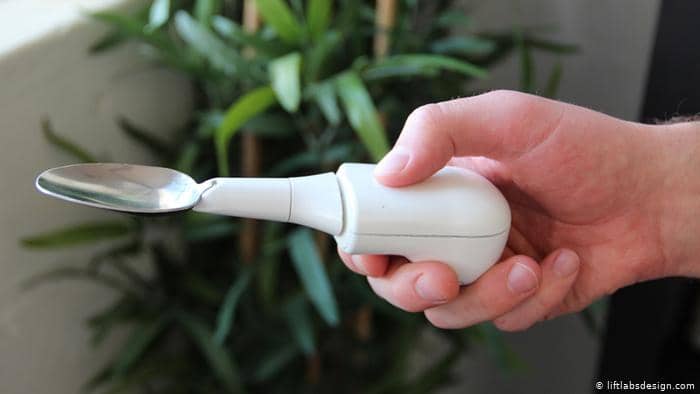
This medicinal spoon makes up for a handshake
The approach is to detect the disease as early as possible, preferably before known symptoms appear. These include, for example, pronounced movement disturbances and tremors, muscle stiffness, and subsequent insecurity when standing and running.
Messenger role
The neurotransmitter dopamine is no longer available in adequate quantities in patients with movement disorders. Individual groups of nerves can die. This also includes what is called dark matter. This cell region appears black in healthy people. The cells here produce dopamine. This is important in order to transmit impulses to control movement. This area gradually deteriorates in people with Parkinson’s disease. If about 60 to 70 percent of the dark matter is affected, known symptoms occur.
Waiting for a breakout
at A broad study From University College London, researchers were able to show that many signs of the disease appear years before diagnosis. In addition to the observed disturbances in the musculoskeletal system, sufferers also suffer from neuropsychiatric disorders.
Scientists considered different time periods. Five years before the diagnosis, tremors, meaning tremors, could already be detected in the control subjects, 14 times more than the comparison group with people without Parkinson’s disease. Other signs – also five years before the actual diagnosis – were low blood pressure, imbalance or dizziness. Additionally, patients experienced depression, chronic fatigue, and anxiety disorders at an early age.
Known for a long time
The disease was described by London physician James Parkinson 200 years ago. Address: “Essay on vibrating paralysis– A treatise on paralysis. Despite all the research conducted over two centuries of time – neurodegenerative disease cannot be cured yet.

James Parkinson was a British physician, surgeon, and paleontologist. Parkinson’s disease is named after him.
Patients are usually treated with drugs that compensate for the lack of dopamine in the brain, which can alleviate symptoms. Surgical interventions can also help a little. “Deep brain stimulation” is the name of the method.
Stimulation electrodes are used in the brain. The surgeon places a generator under the skin on the collarbone. Then it sends electrical impulses to the corresponding areas of the brain and thus affects various processes. Patients who receive this treatment will still need to take the medication, but not as much as it was before the procedure.
Researchers around the world are searching for treatment options and how the disease associated with noticeable tremors can be treated.
As long as Parkinson’s cannot be cured, exercise and exercise are of the utmost importance. Clinical studies indicate, for example, that Tango can significantly reduce some of the symptoms typical of this condition and improve posture, gait, and balance. It is now found in many places Special dance lessons for people with Parkinson’s disease.

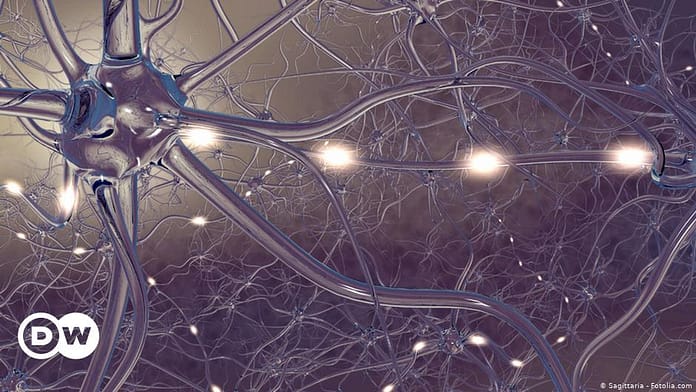



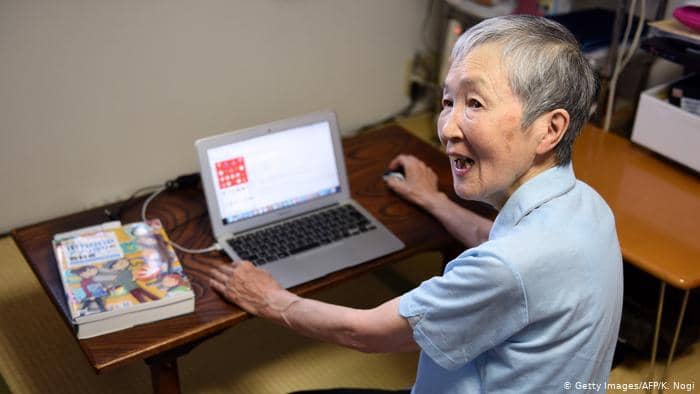




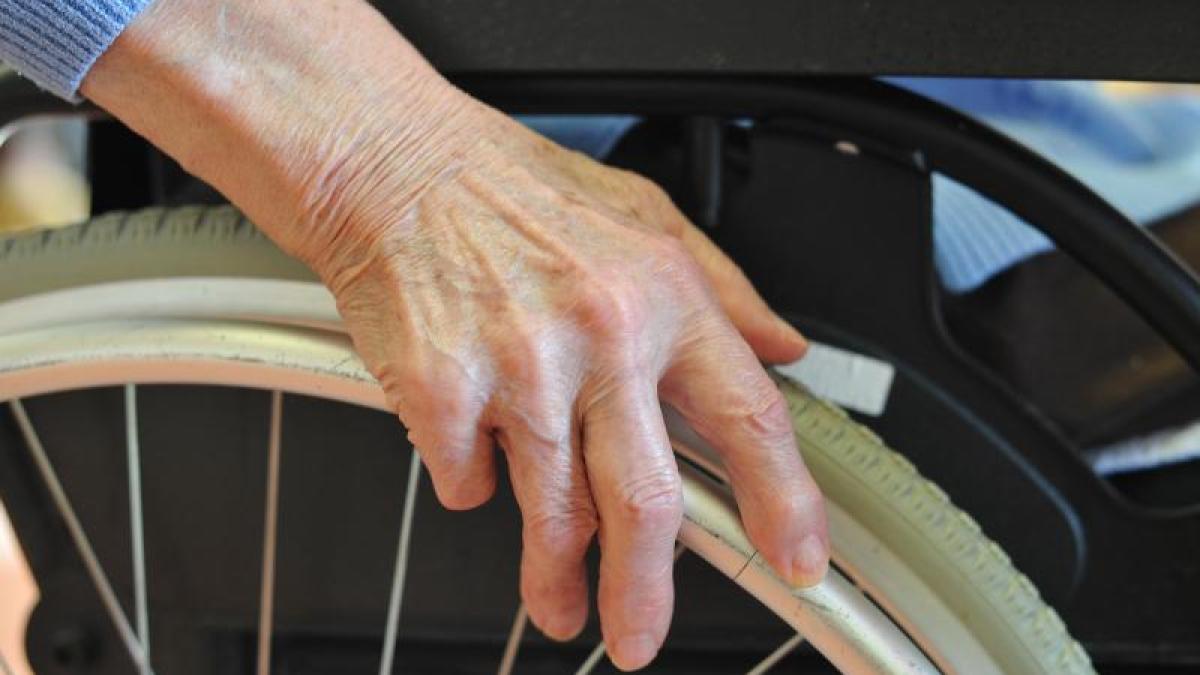
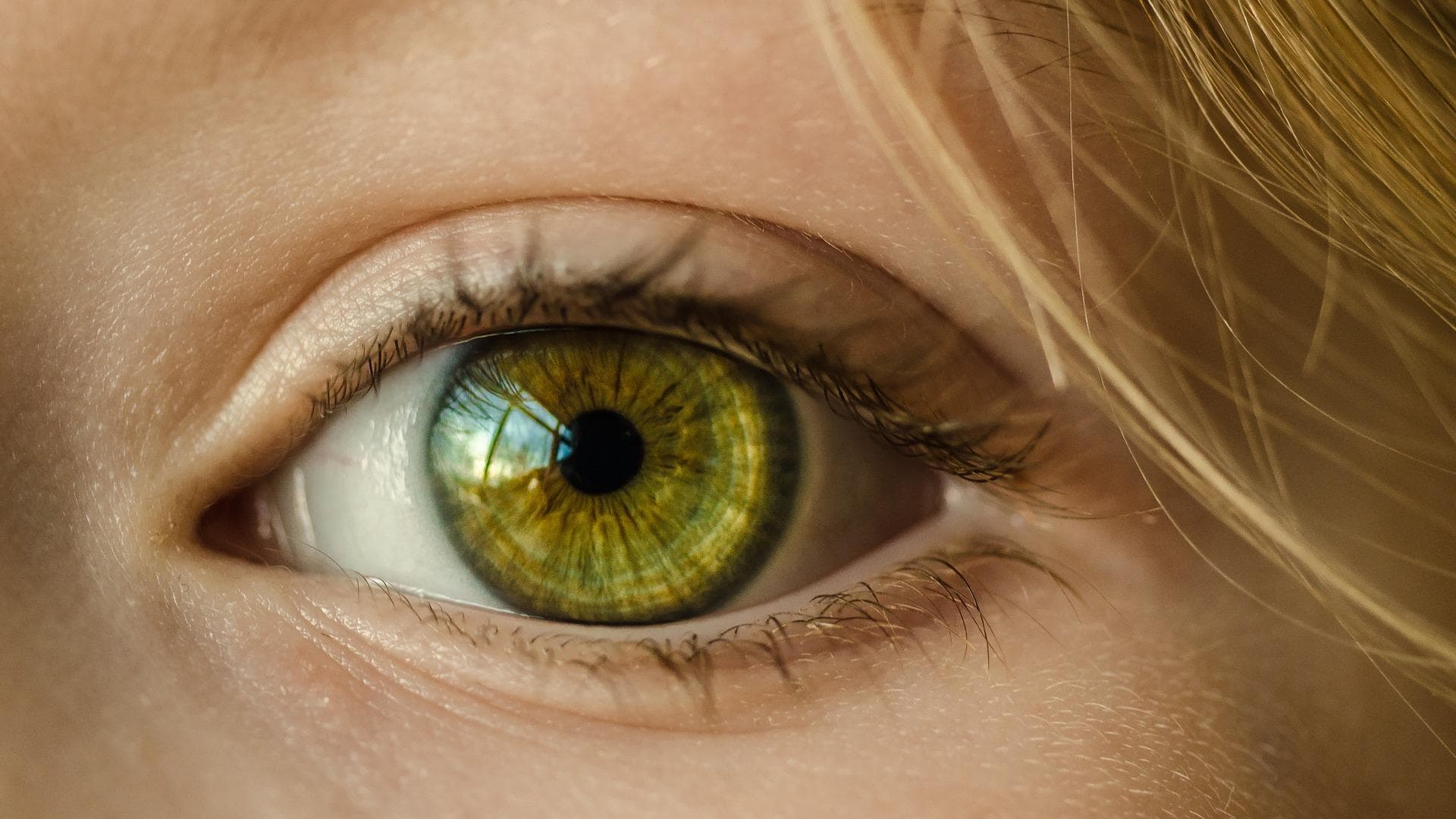
![The Constitutional Council gives the green light to the health card for large gatherings Le Conseil constitutionnel a donné ce lundi son feu vert au pass sanitaire [photo d'illustration].](https://mlolp13xfrpd.i.optimole.com/w:100/h:70/q:mauto/rt:fill/g:fp:0.5:0/ig:avif/id:65302f2eabdb54dd056bb424df8683f3/http://bioprepwatch.com/The-Constitutional-Council-gives-the-green-light-to-the-health.jpg)

